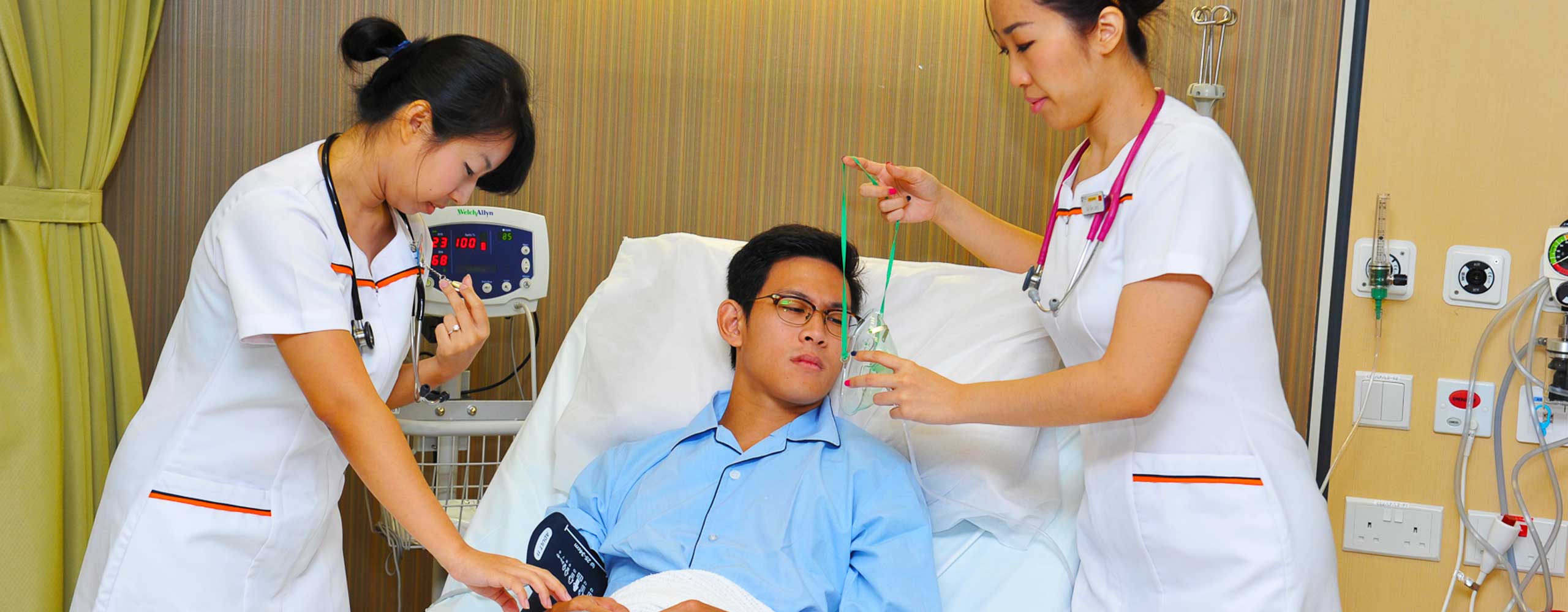This website showcases a compilation of evidence-based simulation programmes and evaluation tools to improve patient safety and quality care.
My team has engaged experiential learning approach by using different types of simulation technologies for delivering simulation programmes to improve nursing clinical competency on patient safety and quality of care. We began by using mannequin-based simulation to improve nursing students’ clinical competency in preventing adverse events from clinical deterioration. We further developed it into web-based simulation for training of hospital nurses, and demonstrated its impact on patient safety by improving nursing practice on escalation of deteriorating ward patients.
In addition, we developed and conducted high-fidelity simulation using simulated patient and mannequin to deliver simulation-based interprofessional education. However, realizing the logistical challenges in organizing the high-fidelity simulation, we have transformed the face-to-face simulation into virtual reality simulation-based interprofessional education. We continued to deepen the technological features of virtual reality simulation by integrating with artificial intelligence agents to replace human-controlled avatars. The artificial intelligence-enabled virtual reality simulation can potentially achieve better scalability and sustainability for larger number of nursing students and nurses across educational and healthcare institutions to engage in the virtual interprofessional education.
Using a variety of simulation modalities including immersive simulation, procedural simulation, telesimulation and team simulation-based assessment, my team implemented multimodal simulation to prepare final year nursing students for their transition to practice. The telesimulation foster academic-clinical collaboration by enabling the clinical nurses and academic educators to come together to participate in joint simulation activities and to prepare the students for their transition to practice
My team developed and tested the psychometric properties of simulation evaluation tools to assess clinical reasoning (CREST) and clinical performance (RAPIDS-Tool) of nurses in assessing, managing and reporting clinical deterioration. We also developed a Simulation Evaluation Tool (SAT) to assess the 6 core nursing competencies including critical thinking, communication, technical skills, management of care, safe practice, and professionalism and ethical practice. My team also developed and tested the psychometric properties of survey questionnaires to measure nurses’ attitudes towards vital signs monitoring (V-scale), recognizing early deterioration (ATREND scale) and escalating care in deteriorating patient (CARED scale).
We hope to share these evidence-based resources to worldwide educators and researchers through this website.


